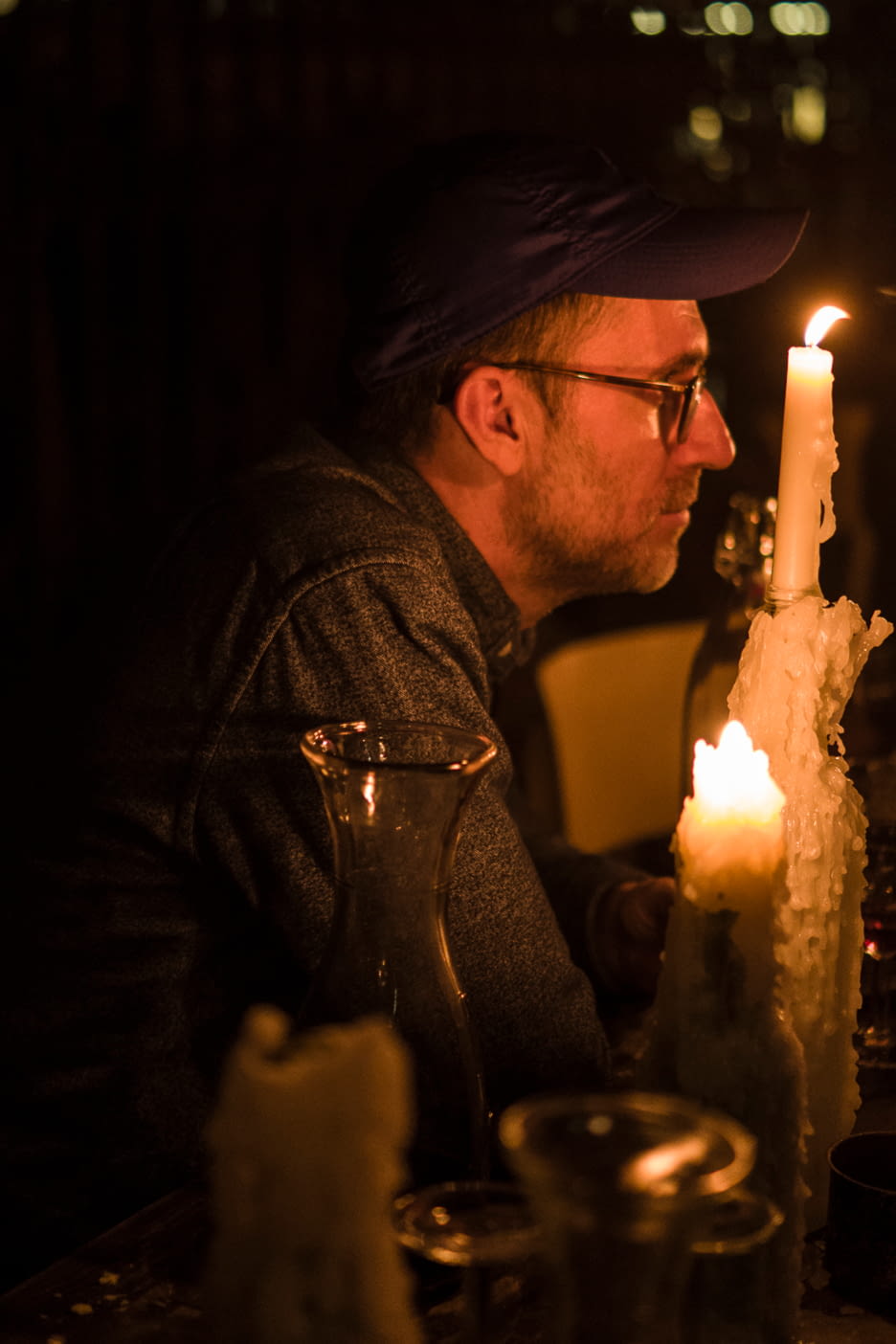
Loïc Prigent dissects the fashion world without filter, often with a humorous touch. He started out as a journalist at Canal + but stood out through his fashion documentaries. In 2005, his documentary "Signé Chanel" and diffused on Arte was a turning-point in his notoriety. The originality of his work stem from his honest point-of-view and dialogues, and his proximity to designers such as Karl Lagerfeld. Loïc Prigent's defining characteristic is the way he reveals the process of a show from A to Z: the design, the preparation of the show, the team's state of mind. All these come alive in his documentary entitled "Le Jour d'avant" ("The Day before"), in which he unveils what happens backstage in the most prestigious fashion houses, giving insider access to parts of the process which had always been kept secret. As well as his informative and intimate approach to fashion, the filmmaker is known for his humour. He has been sharing phrases he hears at Fashion Week on Twitter for years with a caustic and hilarious result. His account has been so successful that he has compiled the best quotes into a book, titled J'adore la mode mais c'est tout ce que je déteste (I love fashion but it's everything I hate) published by Éditions Points. Humour also plays a part in his documentary series created with Mademoiselle Agnès, Habillés pour (Dressed for) which analyses fashion weeks in a light and unusual way. A friend of the Chanel house, about which he has made three documentaries (Signé Chanel, Le Jour d'Avant, Karl se dessine), Loïc Prigent reveals his views on Chanel and the Métiers d'art.
What was the first documentary you made?
SHARE



